Ultimate Guide
How to Quick Pickle Vegetables at Home: A Step-by-Step Guide
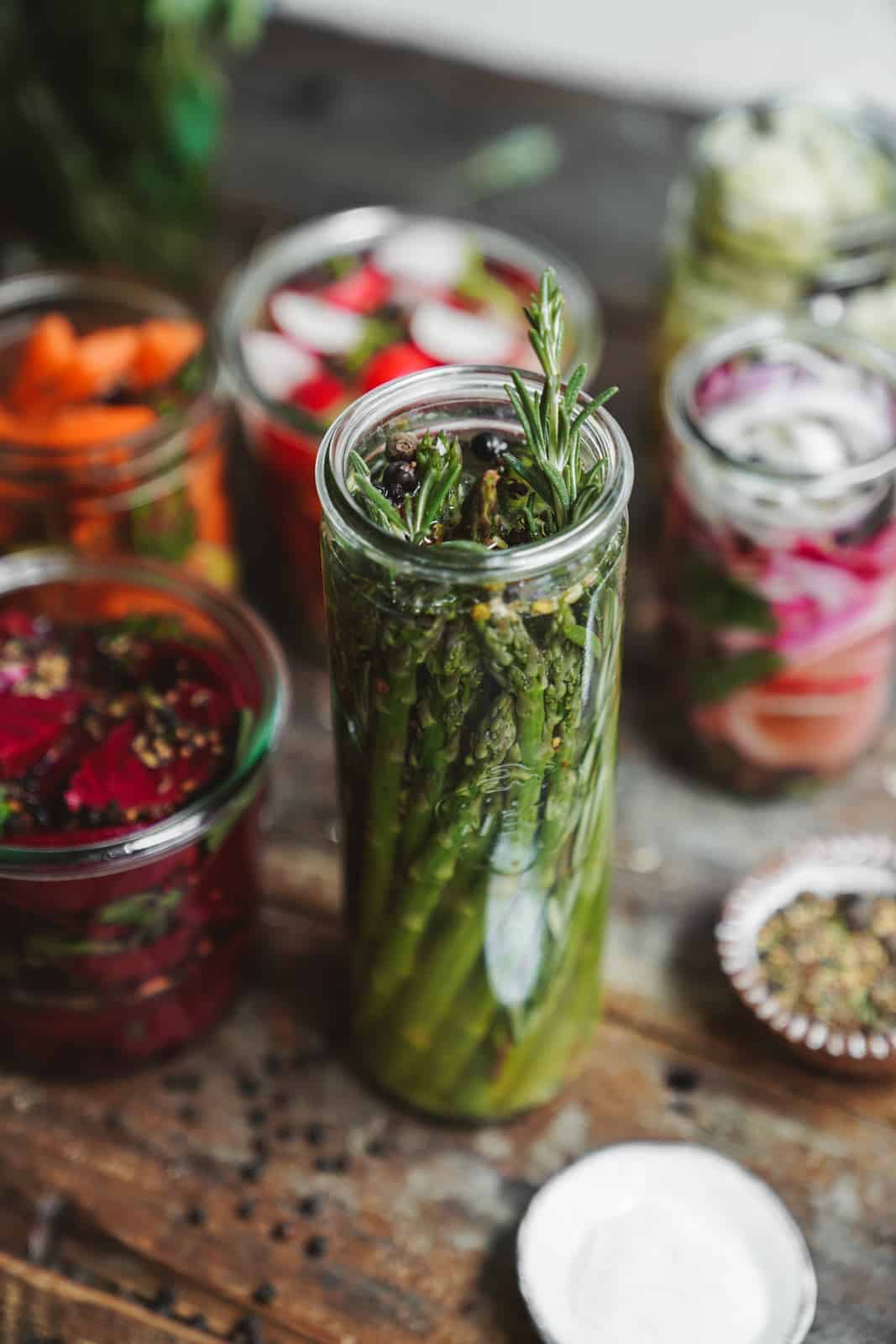
Prep
30 minutes
Yield
0
This recipe and guide will teach you all about Pickling Vegetables. Jar your fav veggies in a quick & easy way at home. Perfect for the whole family! 🥕🥒
Pickling Vegetables is an art form. It’s a beautiful way to preserve vegetables and have a flavor explosion in your mouth. Pickled veggies are great to add to recipes, eat independently, or use as toppings for various dishes.
But how do you pickle vegetables? That’s the biggest question. Most people think it’s some complicated science that only the experts can conquer, but the truth is, it’s incredibly easy to make your pickled veggies right at home with some jars, vinegar, and your favorite vegetables if you are just doing the quick pickling method.
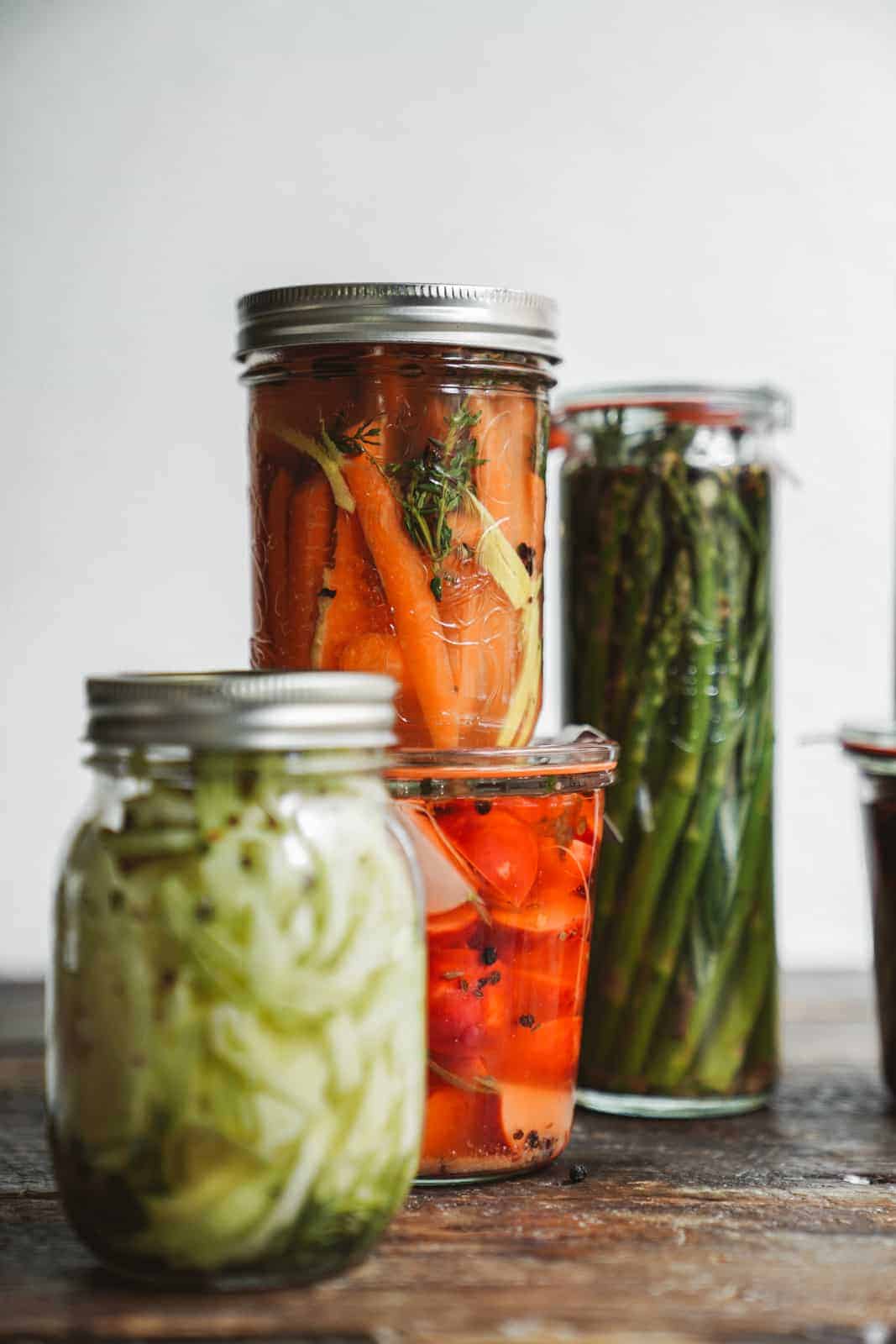
Why Pickle Vegetables?
- Preservation: Pickling veggies can effectively extend the usability of fresh, seasonal vegetables.
- Flavor Enhancement: Pickled veggies create vibrant, tangy, sweet, or spicy vegetables that elevate everyday meals.
- Health Aspects: Pickling veggies is a great way to preserve the nutrients of the fresh veggies. Pickled vegetables can be fantastic for your gut health and immunity.
- Customization: You can pickle so many types of veggies, not just cucumbers. Any hearty, crunchy veggies work great for pickling. More about that below.
- Eco-Friendly: Pickling is a great way to reduce food waste. If you have a bunch of veggies in your fridge that are going to go bad, you can pickle them to preserve their life and avoid having to throw them out.
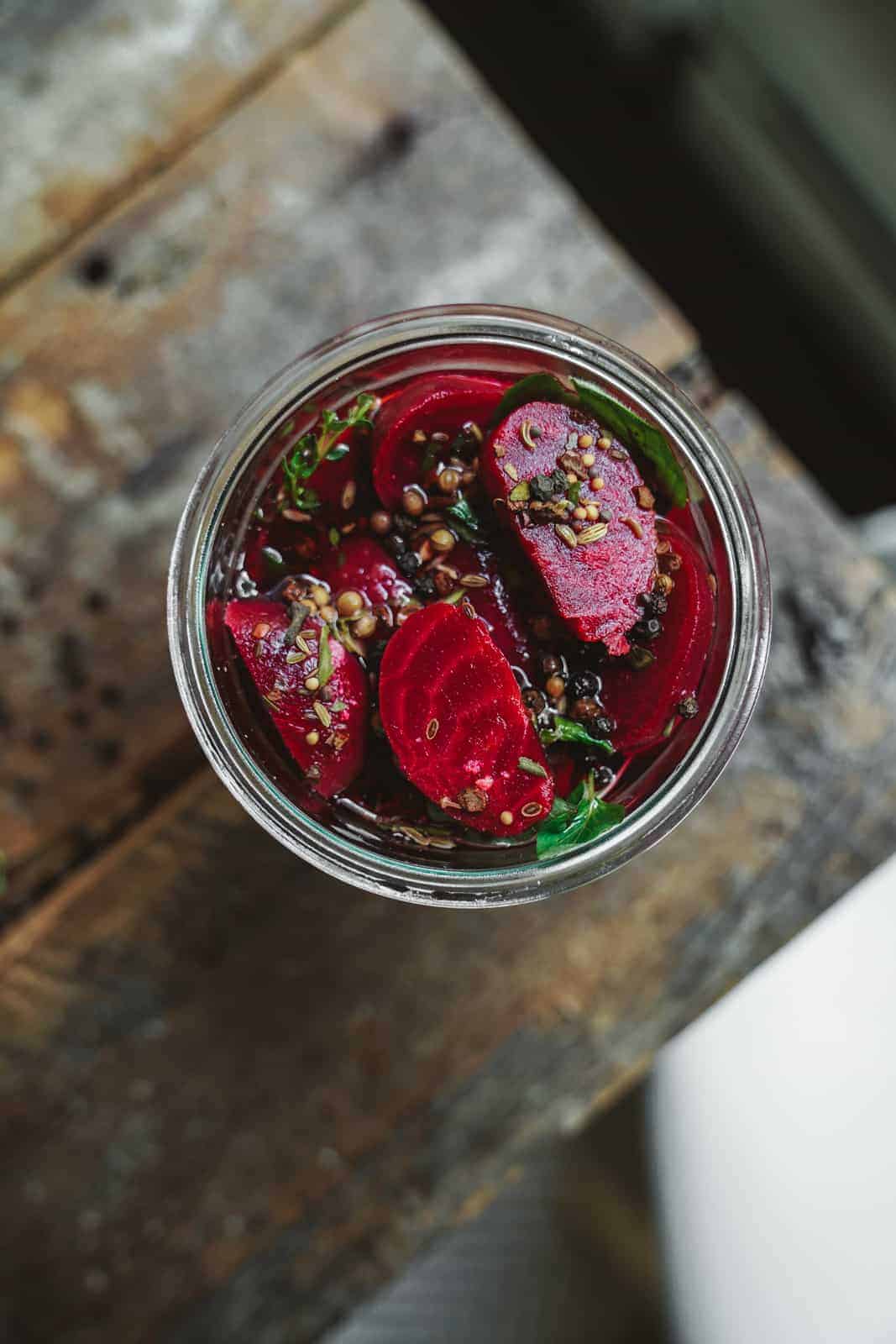
Choosing the Right Vegetables for Pickling
You can pickle so many kinds of veggies, the key is that you don’t pickle anything that will get soggy. You want the veggies to stay firm and crunchy when pickled. Hearty veggies work great. Here are some of the best pickling veggies:
- Cucumbers
- Carrots
- Green Beans
- Cauliflower
- Radishes
- Onions
- Beets
- Asparagrus
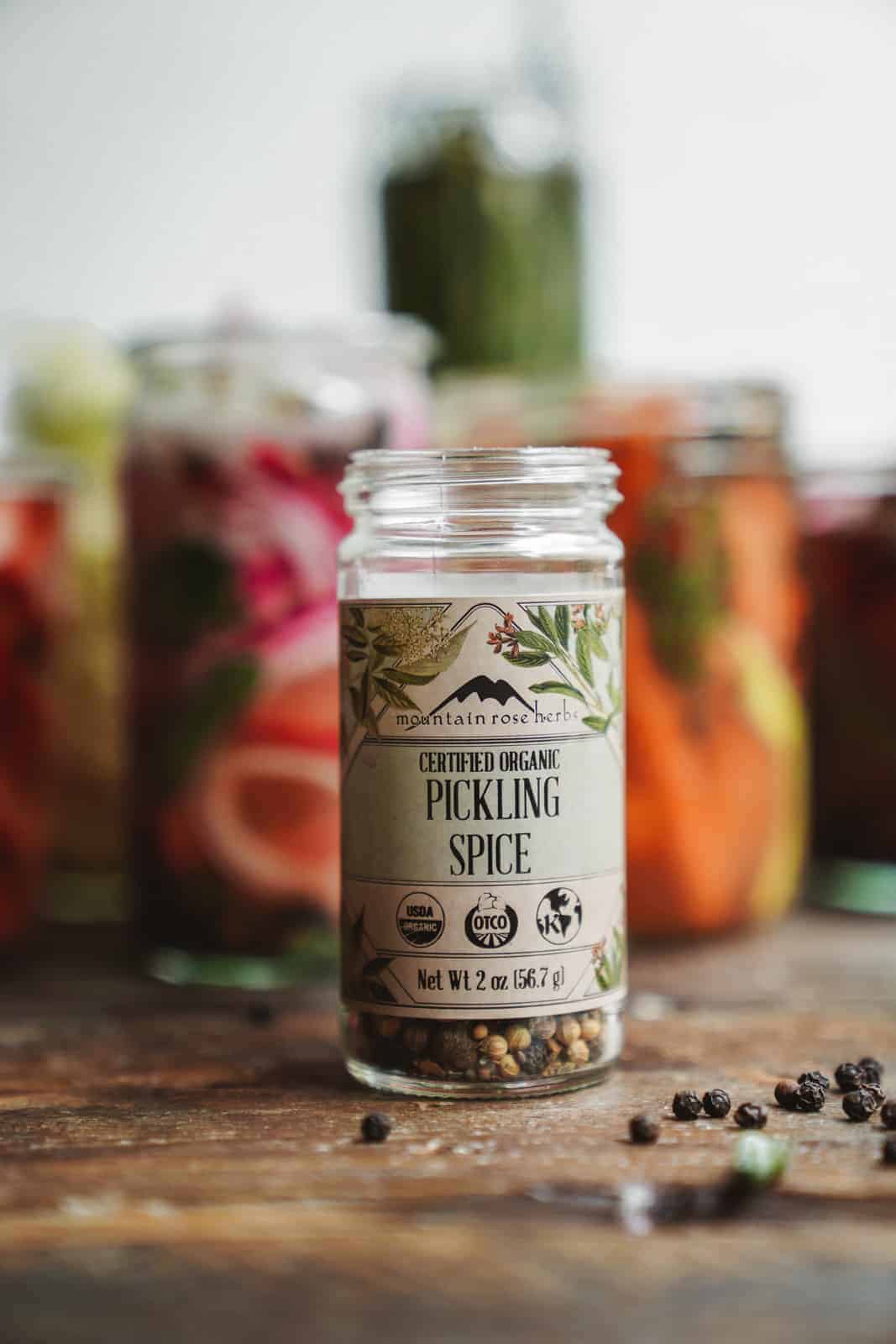
Key Ingredients
Pickling Spice – The pickling spice I used from Mountain Rose Herbs makes pickling super easy and quick to do at home. This blend has over ten cut spices, whole berries, and seeds that are blended to perfection to complement any refrigerator or canned pickled fruit/veg recipe. You can also make your own with these ingredients, but this blend is not only the perfect ratio but also makes life so much easier.
Vinegar – The other key ingredient when learning how to pickle vegetables is good-quality vinegar. Vinegar is seriously a magic ingredient; it’s so versatile and can be used for everything from household cleaning to delicious pickled goods. Find yourself a good quality vinegar (skip the no-name brands), and add a little quality olive oil and fresh thyme and rosemary to your jars to jam-pack even more flavor into your pickled goods.
What’s the Difference Between Quick Pickling vs. Fermented
There are two key types of pickling, quick and fermented.
Fermented:
- Process: Created through lacto-fermentation. Vegetables are submerged in a saltwater brine, allowing naturally occurring bacteria to convert sugars into lactic acid. This process takes days to weeks.
- Flavor: Develop a deeper, more complex, and tangy flavor over time due to the lactic acid.
- Health Benefits: Rich in probiotics that support gut health, among other things.
- Texture: It can sometimes be softer or less crunchy than quick pickles due to the breakdown of vegetable fibers during fermentation.
- Ingredients: Typically involve vegetables, salt, and water, often with added spices and herbs. No vinegar is required for the preservation.
Quick Pickling:
- Process: Made by immersing vegetables in a hot or cold solution of vinegar, water, salt, sugar (optional), and spices. This method can take as little as a few hours.
- Flavor: Have a bright, sharp, and distinctly vinegar-forward taste.
- Health Benefits: They retain some of the nutrients of the fresh vegetables but do not contain the same live probiotics as fermented pickles.
- Texture: Tend to be crisper, similar to its original texture.
- Ingredients: Always include vinegar as the primary preserving agent, along with water, salt, and often sugar and various spices.
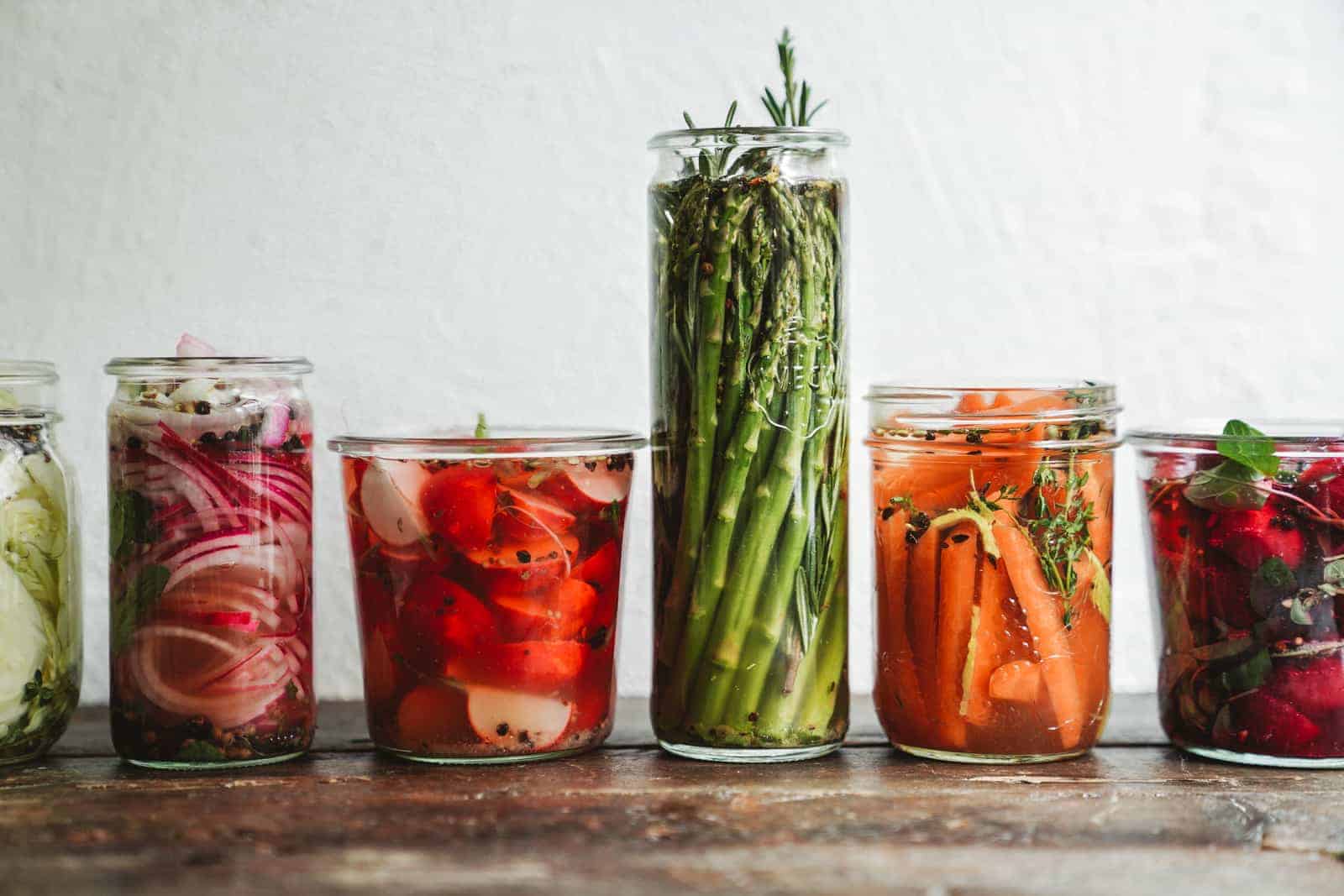
How to Make Quick Pickled Vegetables
- Sterilize your jars/cans of choice and begin to fill each with your preferred veggie/herb and root option.
- To prepare brine or pickling liquid, add all ingredients to a pot and heat till the salt has dissolved.
- Remove your brine from the heat, let it cool slightly, and pour it into a jar with the vegetables. Seal jars tightly, cool, and then refrigerate.
- Enjoy in around 24-48 hours.
Best served with
- Vegetarian Breakfast Burritos
- Vegetarian Black Bean Tacos
- Salmon Tacos
- Chicken Kebab Board
- Salads & Bowls (pickled veggies add a nice tang and crunch to salads and bowls)
- Sandwiches or Wraps (pop some pickled veggies onto your sandwich for a good crunch)
👝 How to Store Leftovers
What I love about crispy pickled veggies is that you can keep them for weeks until they’re all used up. They’re a great way to use up veggies in your fridge and make their shelf life longer. Store in an airtight mason jar for weeks in your fridge. Note that these are not shelf-stable!
🤔 Common Questions
Yes! They are healthy for your gut and can be a great way to have a crunchy, flavorful snack while also getting veggies in.
Traditional pickling includes canning to sterilize the jars and create an airtight seal. This makes it possible to store the pickles outside of the fridge. Quick pickling means you don’t have to wait as long to enjoy your pickled veggies, and you can store them in your fridge. Generally, they are quicker and easier to make.
No special equipment is necessary. You’ll need clean jars with tight-fitting lids (mason jars or even repurposed jars work), a saucepan to heat the brine, and basic kitchen tools for prepping your vegetable
White vinegar is the most common, but you can also use apple cider vinegar for a bit of a different flavor.
Get creative! Common additions include garlic cloves, dill (fresh or dried), mustard seeds, peppercorns, coriander seeds, red pepper flakes, bay leaves, ginger, thyme, and rosemary. You can buy pre-made pickling spice mixes or create your own combinations.
It’s generally not recommended to reuse quick pickle brine for new batches, as the vinegar and salt concentration may be diluted, potentially affecting the preservation and flavor. However, it can be great in a Bloody Mary or Caesar.
Pickling Vegetables
Materials
Brine for every jar/pickling veg:
- 1 :1 ration water and vinegar
- 1 tsp Mountain Rose Herbs Pickling Spice
- 1 tsp salt
- 1 tsp sugar optional
Vegetable varieties:
- fresh beets cooked, peeled and quartered or cut into bite-sized chunks
- carrots raw and cut into stick
- red onion thinly sliced
- radishes cut into quarters
- cabbage thinly sliced
- asparagus remove rough stem ends
- fresh herbs thyme, rosemary, oregano
- fresh roots ginger and turmeric
- fresh garlic
Instructions
- Sterilize your jars/cans of choice and begin to fill each with your preferred veggie/herb and root option.
- To prepare brine or pickling liquid, add all ingredients into a pot and heat till salt has dissolved.
- Remove your brine from the heat, let cool slightly and pour into jar with vegetables. Seal jars tightly, cool and then refrigerate.
- Enjoy in around 24-48 hours.

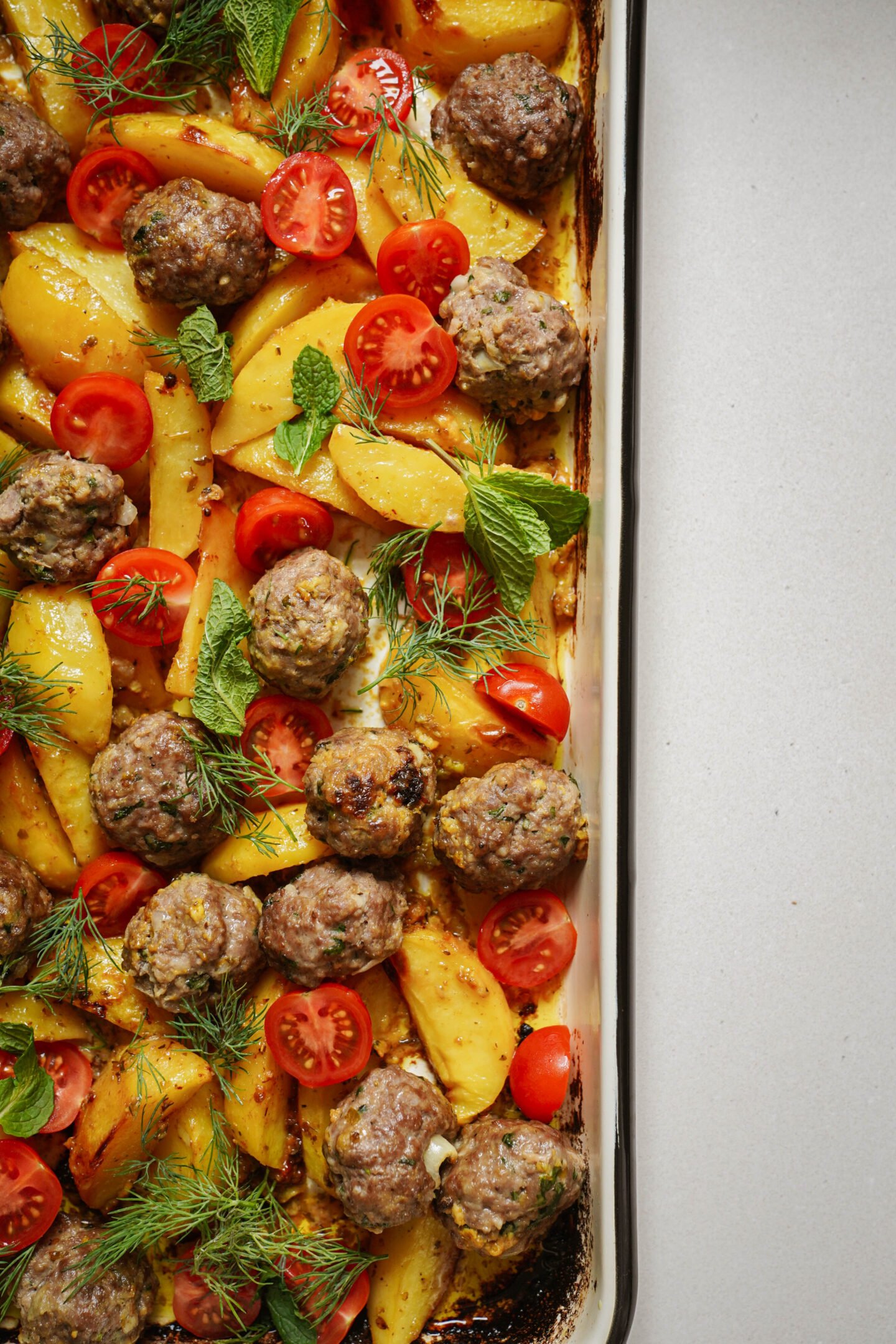
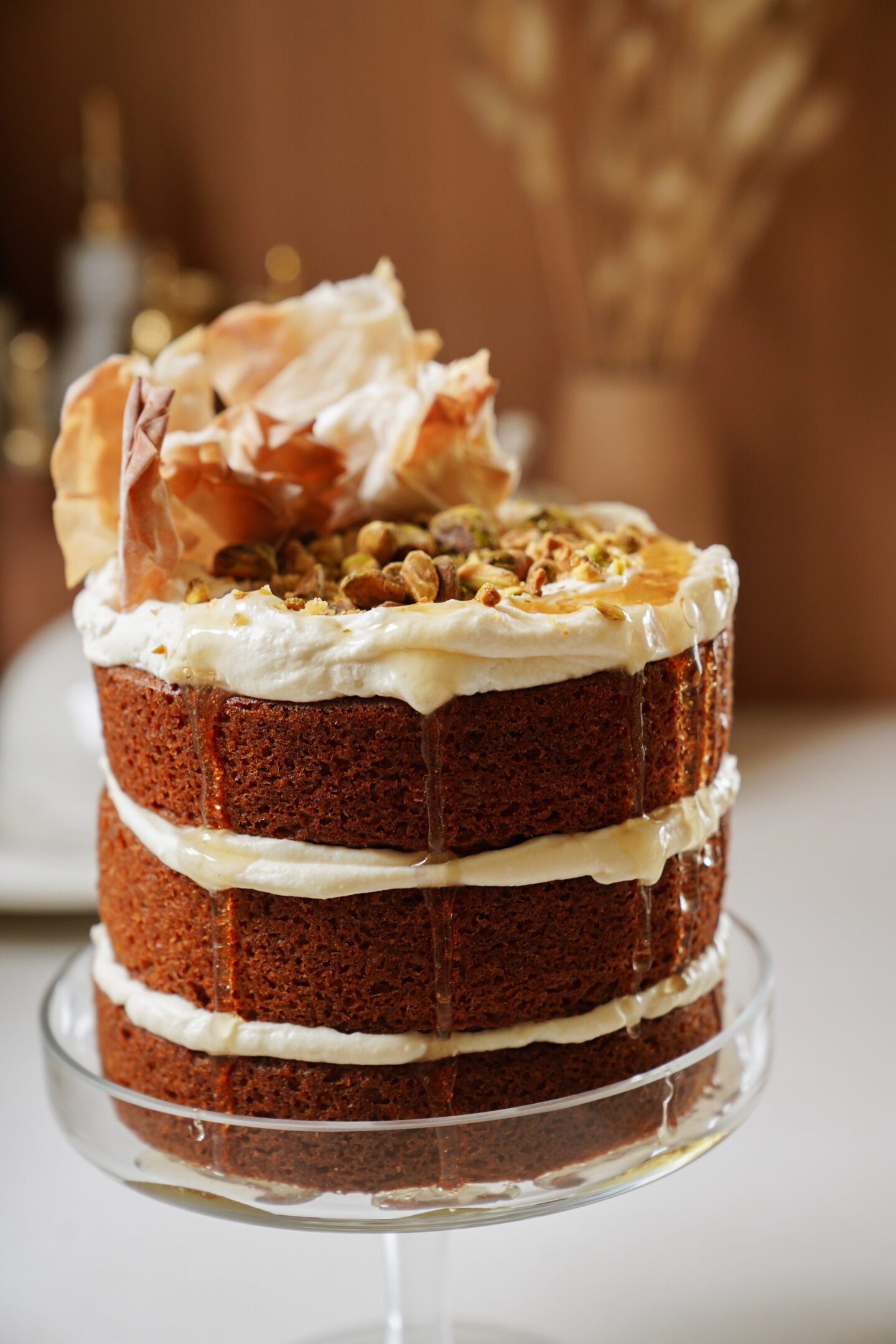
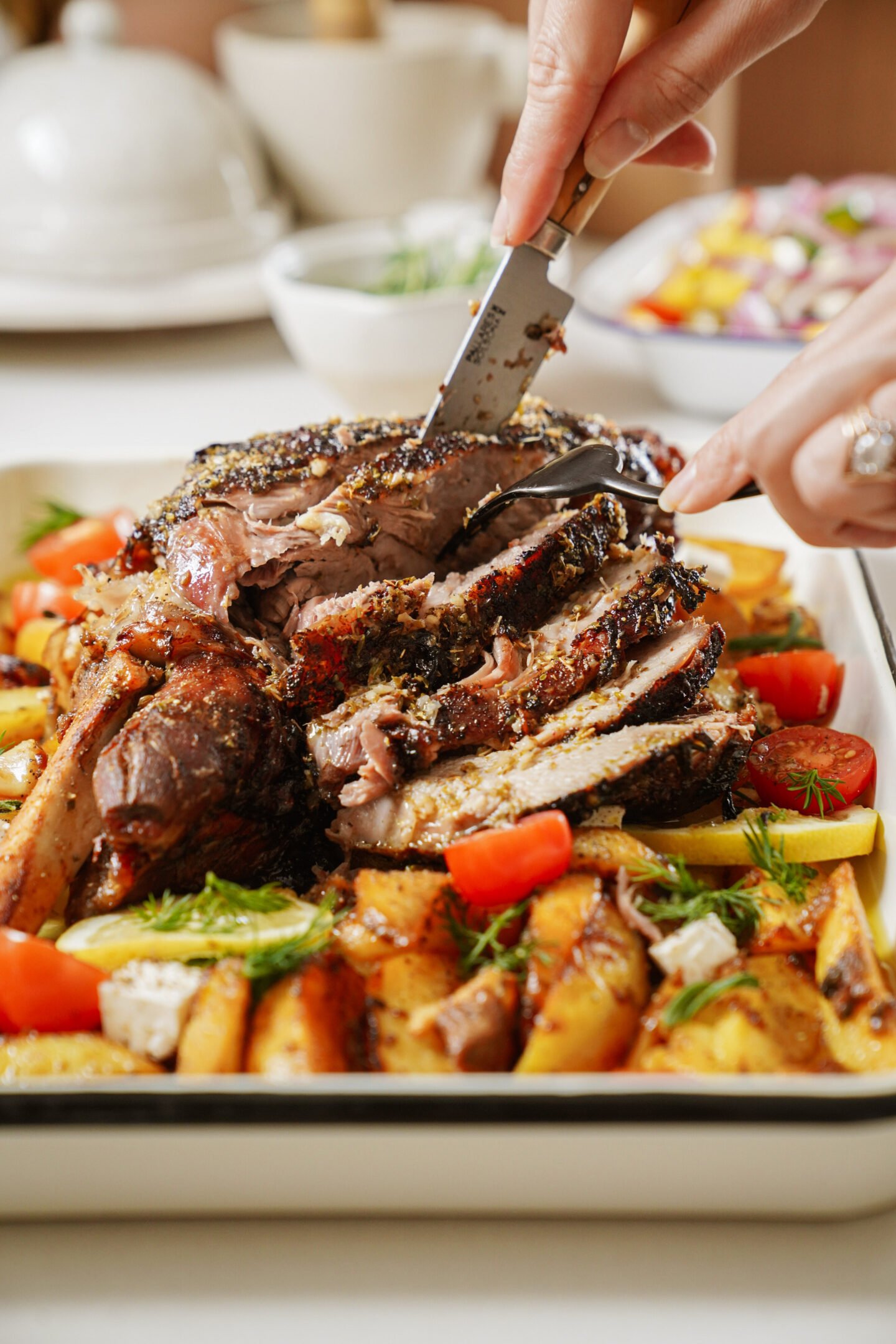
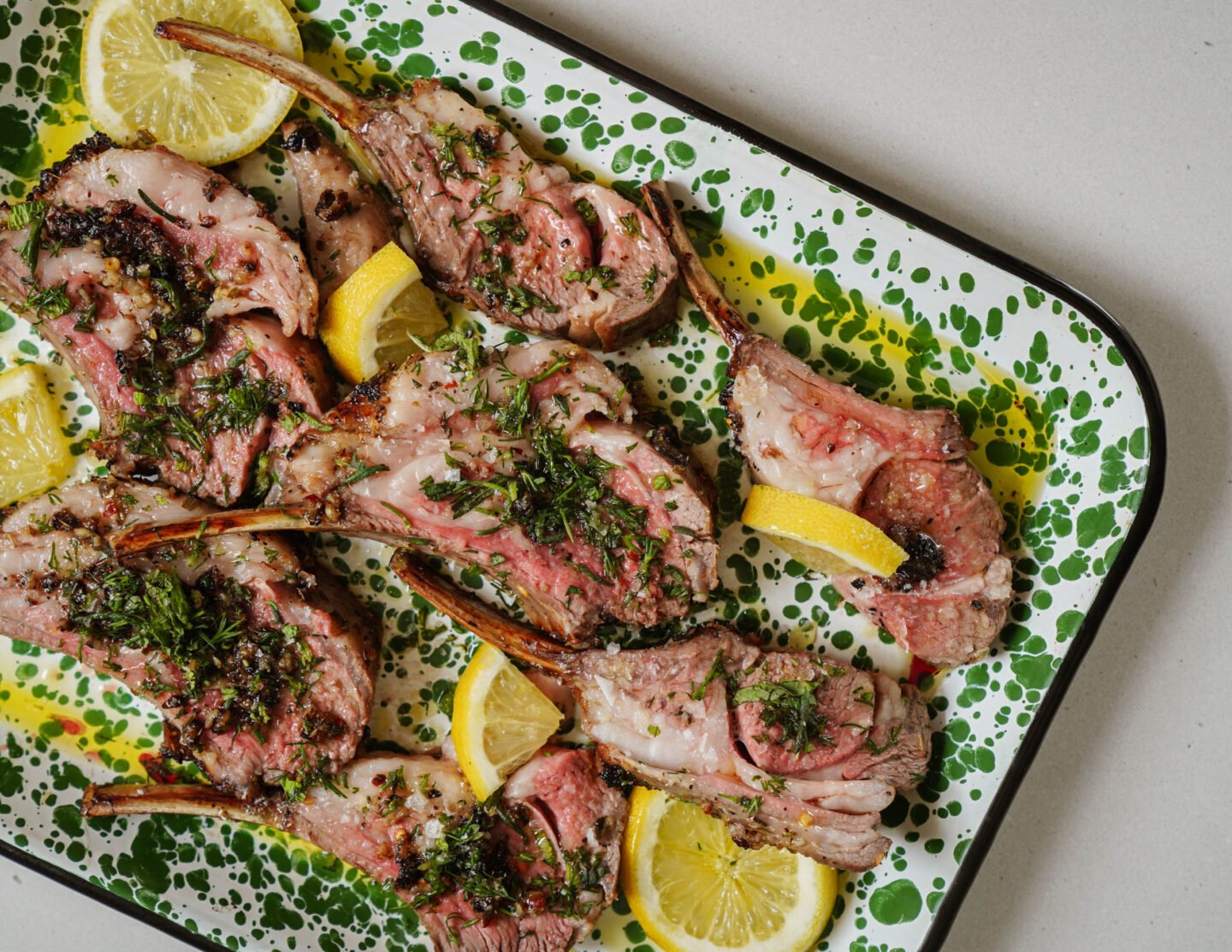
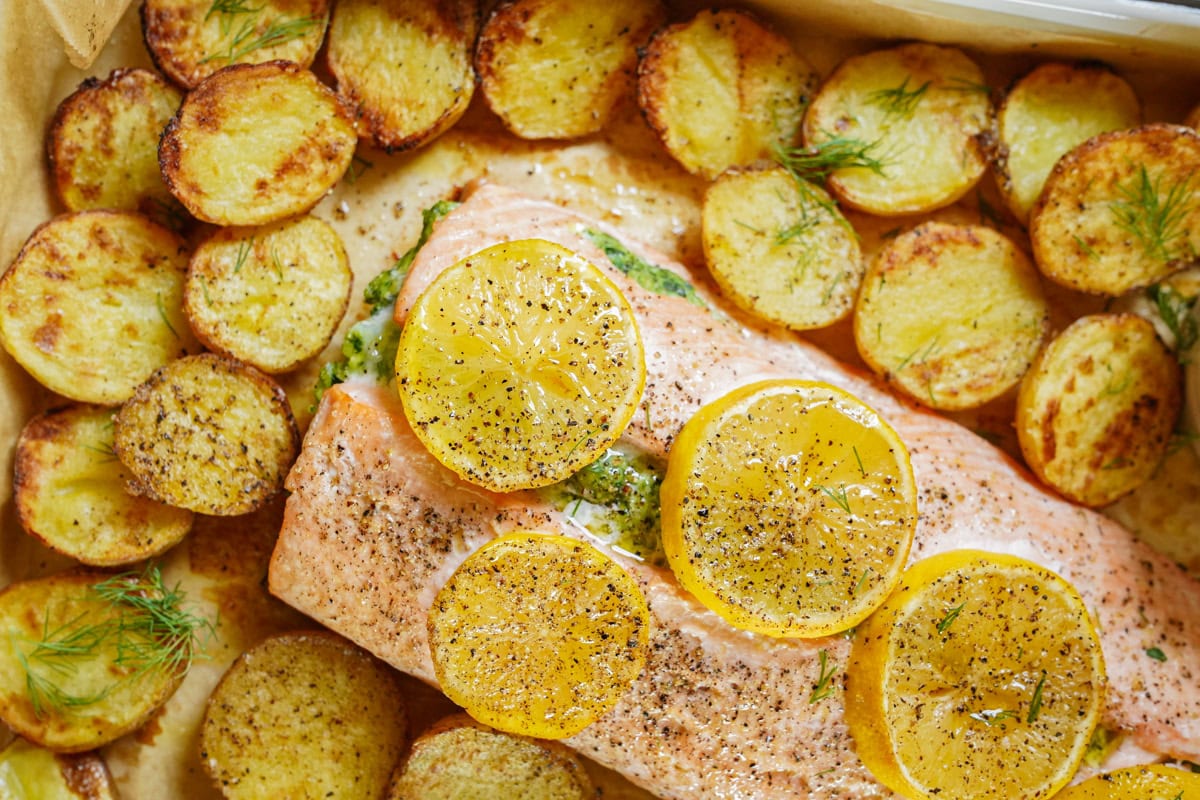
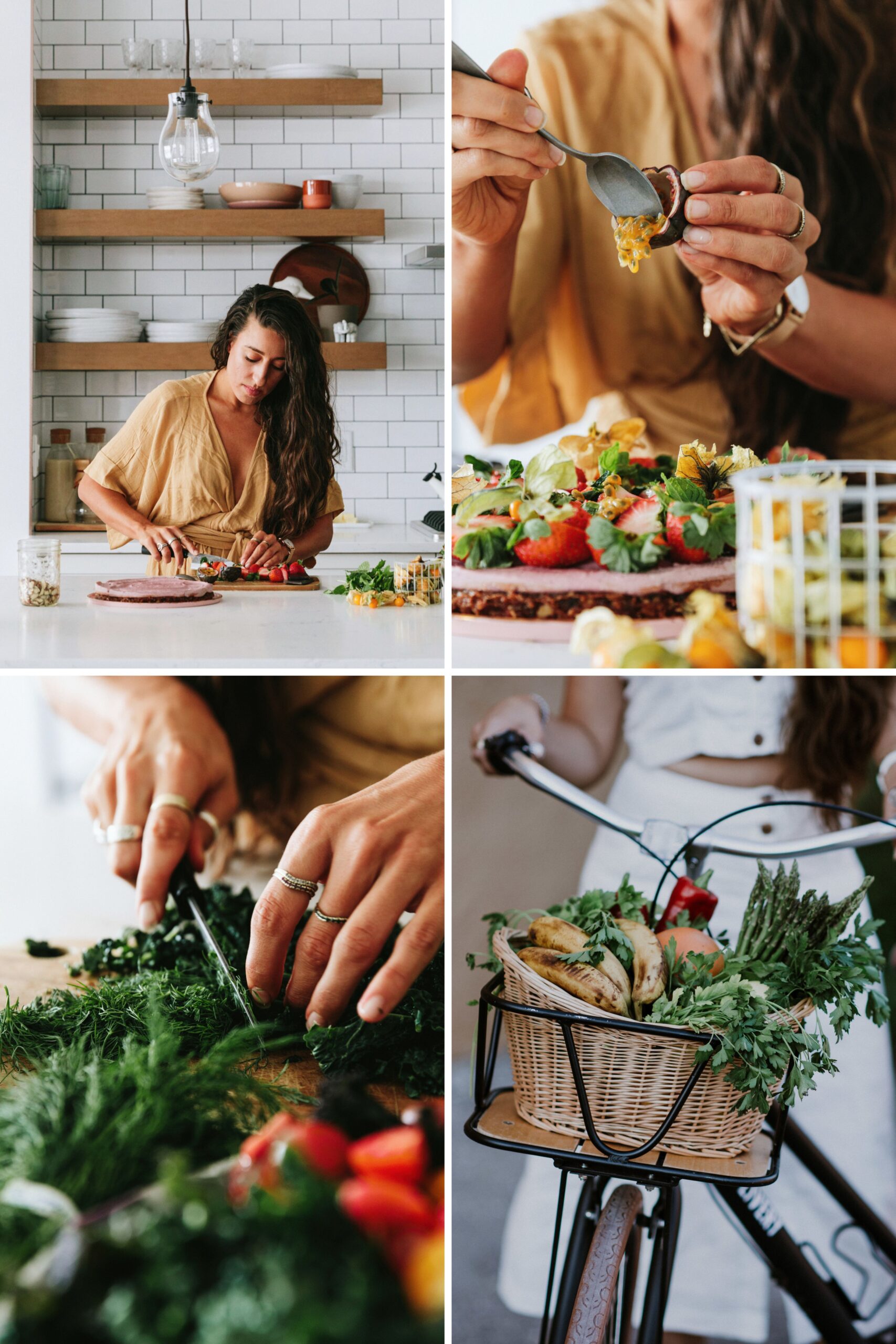
Hi Maria, what vinegar works best in your recipe and may be healthiest.. i have only made fermented veggies
I honestly think white or apple cider would be just fine!!!!
Hi thanks for that I’m a newbie but hate waste so I’ve noticed there’s no vinegar in your recipes fir pickling veges
It’s one of the first ingredients. Please let me know if you have any further questions!
So yummy! Love these. Quick & easy. Also great for eliminating food waste when your veggies are on the verge of going bad.
Thank you so much for the love, Lauren!